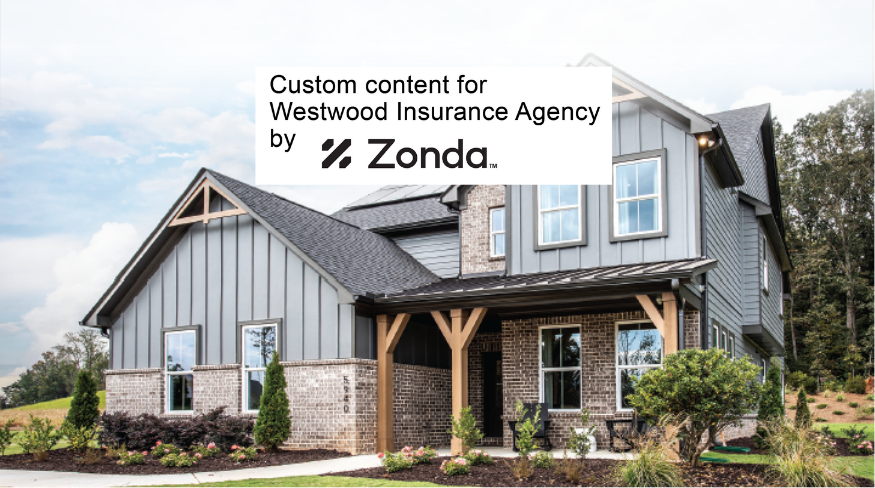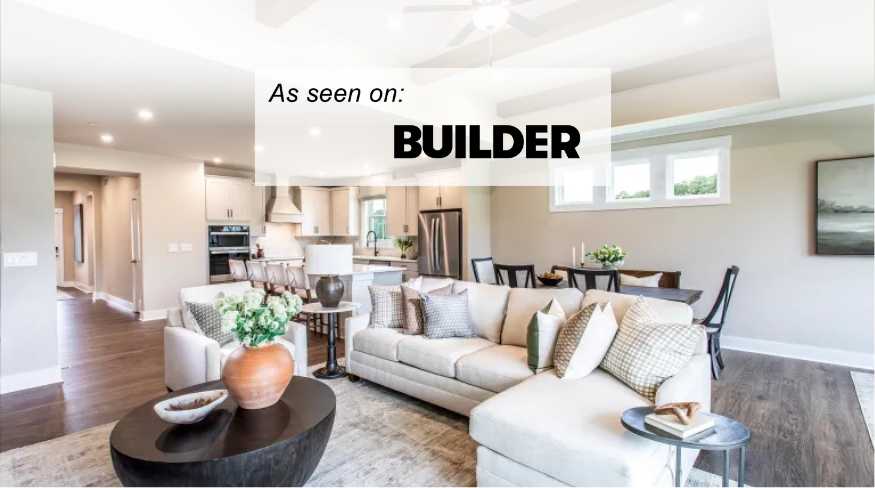Condo Insurance
Let a Westwood agent help you determine exactly what your condo association’s master insurance policy covers — and doesn’t cover — so you get the right protection.
Condo Insurance
Let a Westwood agent help you determine exactly what your condo association’s master insurance policy covers — and doesn’t cover — so you get the right protection.
Why Condo Insurance?

Your homeowners association’s master policy typically limits coverage to the building exterior, walkways, landscapes and common areas. It does not cover your personal belongings and may not cover items such as countertops, fixtures and other installations within your unit – nor does it protect you from any liability claims against you.
The condo association policy also does not protect you from liability claims against you. So, this coverage can protect your bank account from the cost of repairing or replacing personal property or paying medical and legal fees if someone is hurt in your unit.
What's Included In Condo Insurance?
- Repairs to interior walls and built-in fixtures, bookcases and countertops.
- Replacement or repairs of personal property including furniture, appliances and clothing.
- Loss Assessment coverage, providing protection for situations where each owner of a shared property is held financially responsible for a portion of the cost of damage.
- Medical payments to others injured while in your condo, including payment for legal fees for a related claim.
Full Coverage Details
Dwelling
This part of your condo homeowner’s policy covers the physical additions and alternations that you have made in your condo if they are damaged or destroyed by a covered “general peril” which typically includes theft, fire, lightning, windstorm, snow, hail, rain, vandalism, malicious mischief and damage by a vehicle or aircraft. (Your policy will have a specific list of perils that apply to or are excluded from your coverage.)
The recommended amount of coverage should equal the current cost to rebuild the additions and alterations that you have made.
Personal Property
This part of your condo homeowner’s policy protects your personal belongings such as appliances, furniture, electronics, silver and china, books, artwork, clothing, lawn and garden equipment, toys and many other items. These items are protected from damage or loss from the same “covered perils” as your dwelling.
It’s important that your policy has a “replacement cost” endorsement, so your belongings are covered at the full replacement cost and not their current value, which may be less.
Some personal belongings, such as jewelry, will need to be listed separately, or “scheduled” on your policy. Some of these items also may have replacement limits. However, you can purchase additional “jewelry and valuables” insurance for these items to fully protect them.
Additional Living Expenses
This part of your condo homeowner’s policy covers living expenses if your condo is uninhabitable because of damage by a covered peril such as a fire or storm. This may also include living expenses if you must leave your home because of a government-mandated evacuation for a covered peril.
Reimbursable expenses include alternative housing and increased meal and laundry costs. The coverage amount ranges from 10% to 30% of your dwelling coverage or it may be a maximum time needed to make your home habitable.
Personal Liability
This part of your condo homeowner’s policy covers liability claims against you that are the result of injury or negligence that takes place on or off the insured property. The maximum amount of coverage for these types of claims is included on your policy. In addition to this coverage, many homeowners purchase a personal “umbrella policy” to provide extra protection. Umbrella policy premiums can be as low as $150 annually for $1 million in coverage.
Medical Payments To Others
This part of your condo homeowner’s policy covers medical expenses for visitors or guests who are injured in an accident on your property. This does not include family members who live with you.
The maximum amount of coverage for these expenses is included in your policy. Additional coverage may be available for an additional premium.
Deductibles
The deductible is the amount you pay toward a settled claim. When your insurance company writes a check for the claim, it is decreased by the deductible amount shown on your policy.
Deductibles can be increased, resulting in a premium savings; or lowered, resulting in an additional premium charge.
Deductibles may be different for certain perils depending on the location of your property. For example, in coastal locations where windstorm is a threat, the windstorm deductible may be higher than the deductible for other covered perils. This can also apply to hurricane, tornado and earthquake perils in some states.
Everything you need to know about your deductible will be spelled out in your policy declaration. Be sure to read it!
Dwelling
This part of your condo homeowner’s policy covers the physical additions and alternations that you have made in your condo if they are damaged or destroyed by a covered “general peril” which typically includes theft, fire, lightning, windstorm, snow, hail, rain, vandalism, malicious mischief and damage by a vehicle or aircraft. (Your policy will have a specific list of perils that apply to or are excluded from your coverage.)
The recommended amount of coverage should equal the current cost to rebuild the additions and alterations that you have made.
Personal Property
This part of your condo homeowner’s policy protects your personal belongings such as appliances, furniture, electronics, silver and china, books, artwork, clothing, lawn and garden equipment, toys and many other items. These items are protected from damage or loss from the same “covered perils” as your dwelling.
It’s important that your policy has a “replacement cost” endorsement, so your belongings are covered at the full replacement cost and not their current value, which may be less.
Some personal belongings, such as jewelry, will need to be listed separately, or “scheduled” on your policy. Some of these items also may have replacement limits. However, you can purchase additional “jewelry and valuables” insurance for these items to fully protect them.
Additional Living Expenses
This part of your condo homeowner’s policy covers living expenses if your condo is uninhabitable because of damage by a covered peril such as a fire or storm. This may also include living expenses if you must leave your home because of a government-mandated evacuation for a covered peril.
Reimbursable expenses include alternative housing and increased meal and laundry costs. The coverage amount ranges from 10% to 30% of your dwelling coverage or it may be a maximum time needed to make your home habitable.
Personal Liability
This part of your condo homeowner’s policy covers liability claims against you that are the result of injury or negligence that takes place on or off the insured property. The maximum amount of coverage for these types of claims is included on your policy. In addition to this coverage, many homeowners purchase a personal “umbrella policy” to provide extra protection. Umbrella policy premiums can be as low as $150 annually for $1 million in coverage.
Medical Payments To Others
This part of your condo homeowner’s policy covers medical expenses for visitors or guests who are injured in an accident on your property. This does not include family members who live with you.
The maximum amount of coverage for these expenses is included in your policy. Additional coverage may be available for an additional premium.
Deductibles
The deductible is the amount you pay toward a settled claim. When your insurance company writes a check for the claim, it is decreased by the deductible amount shown on your policy.
Deductibles can be increased, resulting in a premium savings; or lowered, resulting in an additional premium charge.
Deductibles may be different for certain perils depending on the location of your property. For example, in coastal locations where windstorm is a threat, the windstorm deductible may be higher than the deductible for other covered perils. This can also apply to hurricane, tornado and earthquake perils in some states.
Everything you need to know about your deductible will be spelled out in your policy declaration. Be sure to read it!







